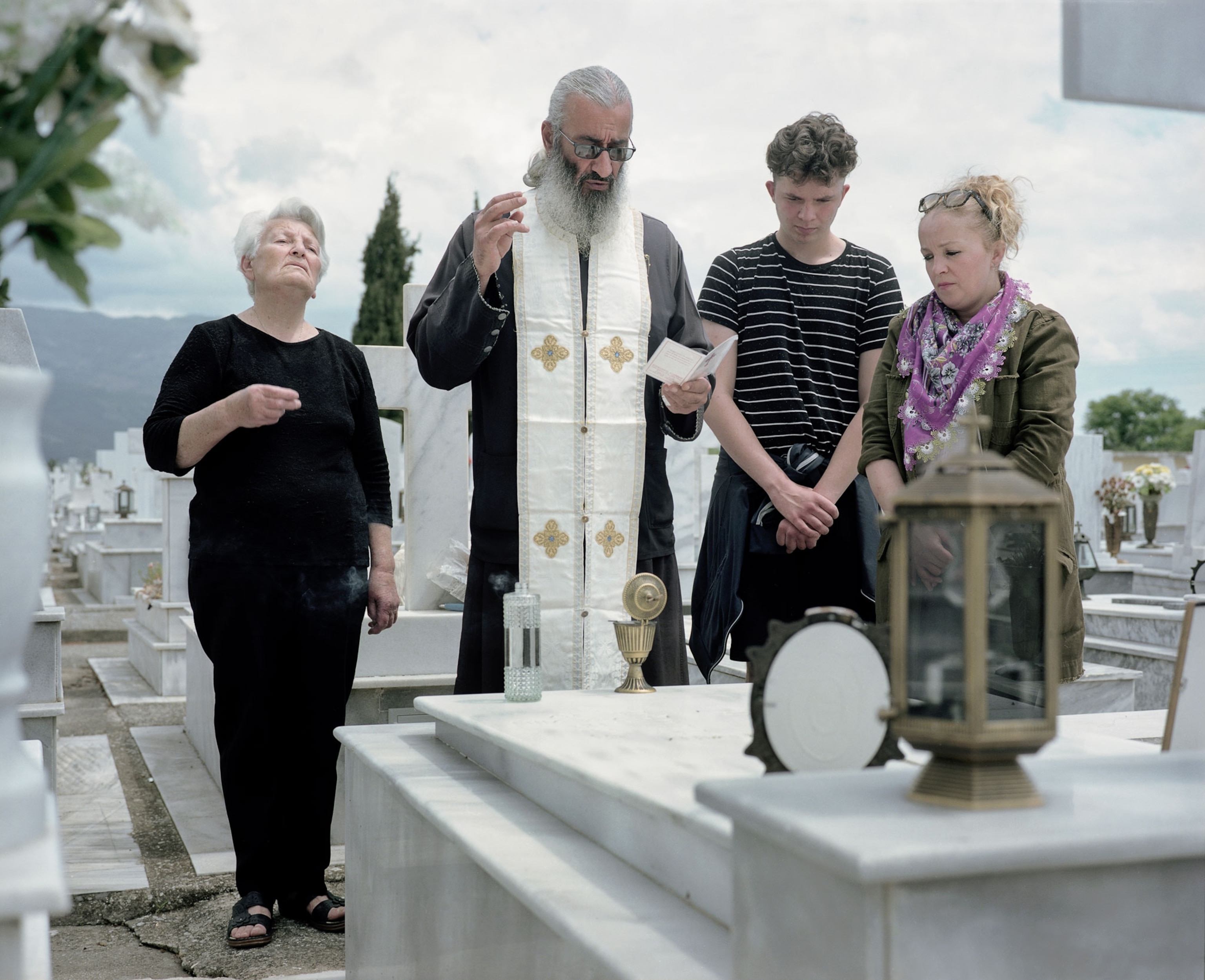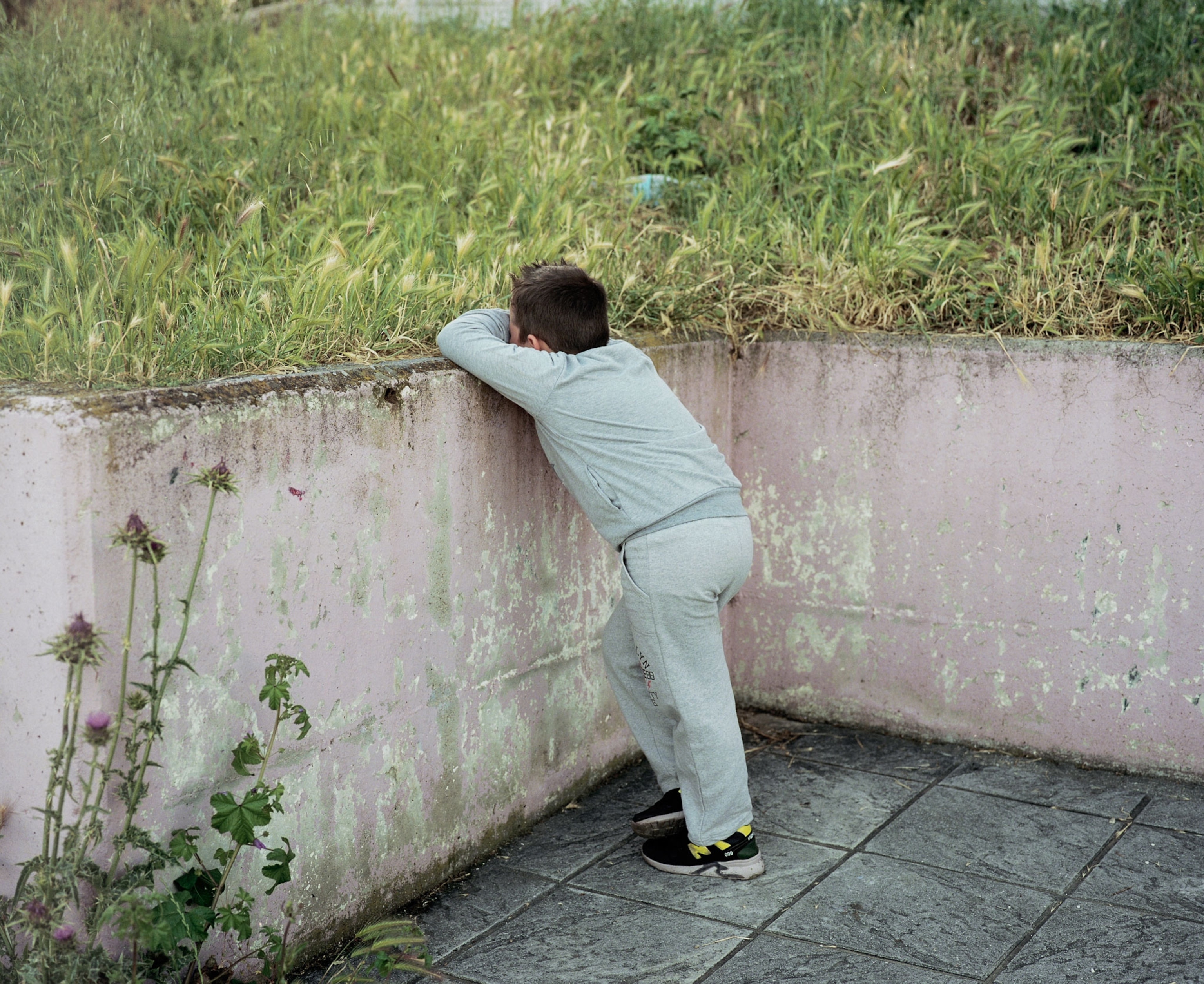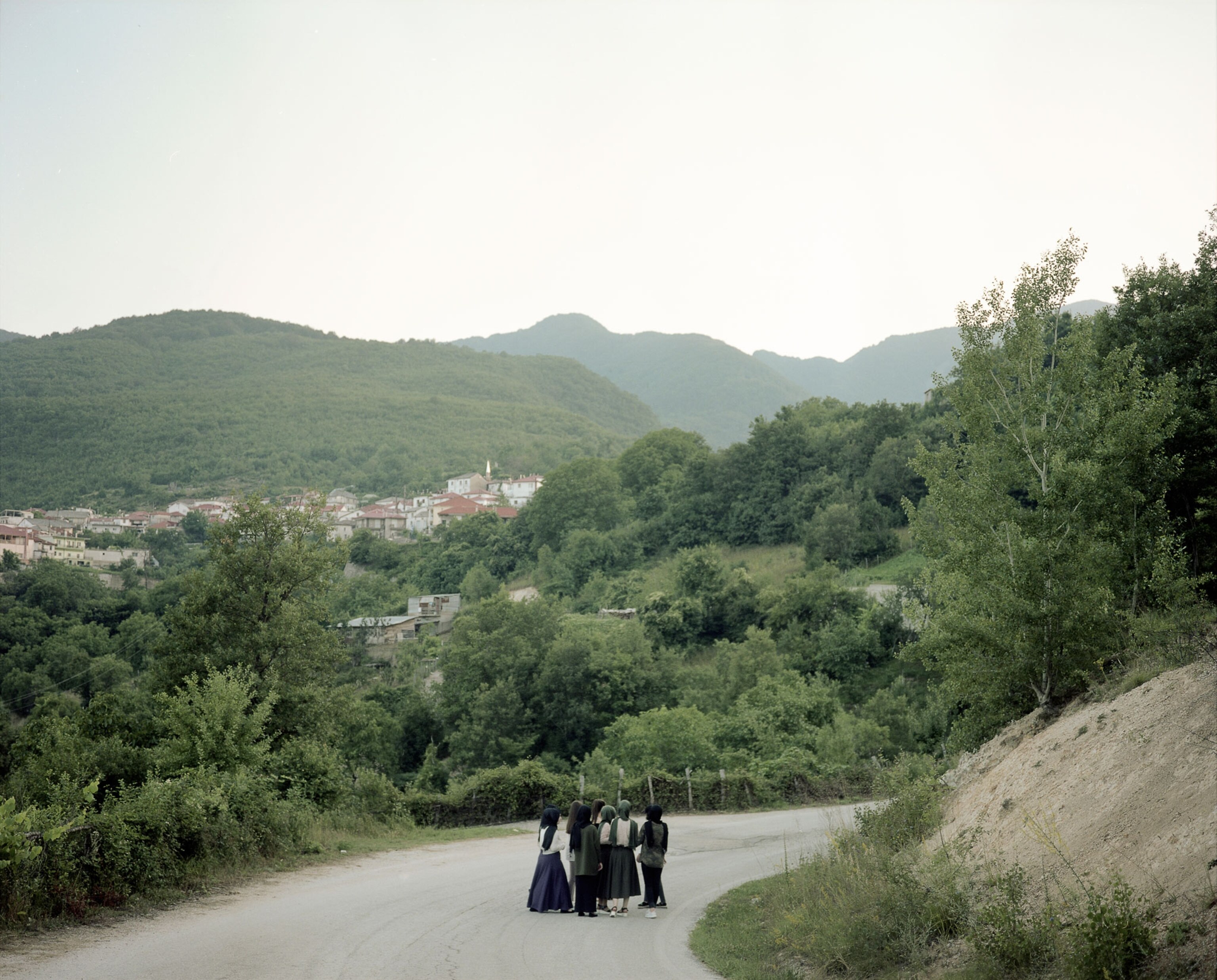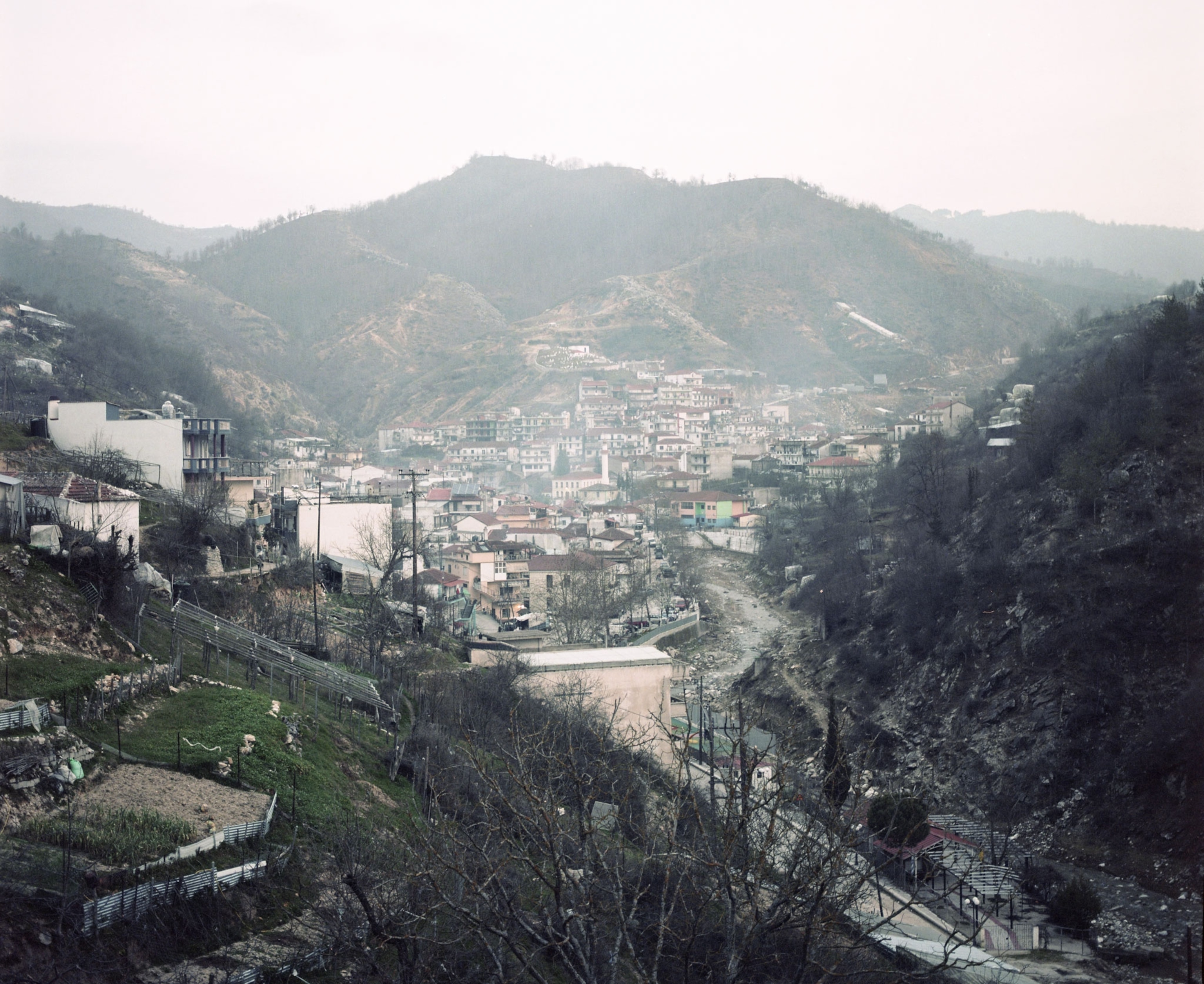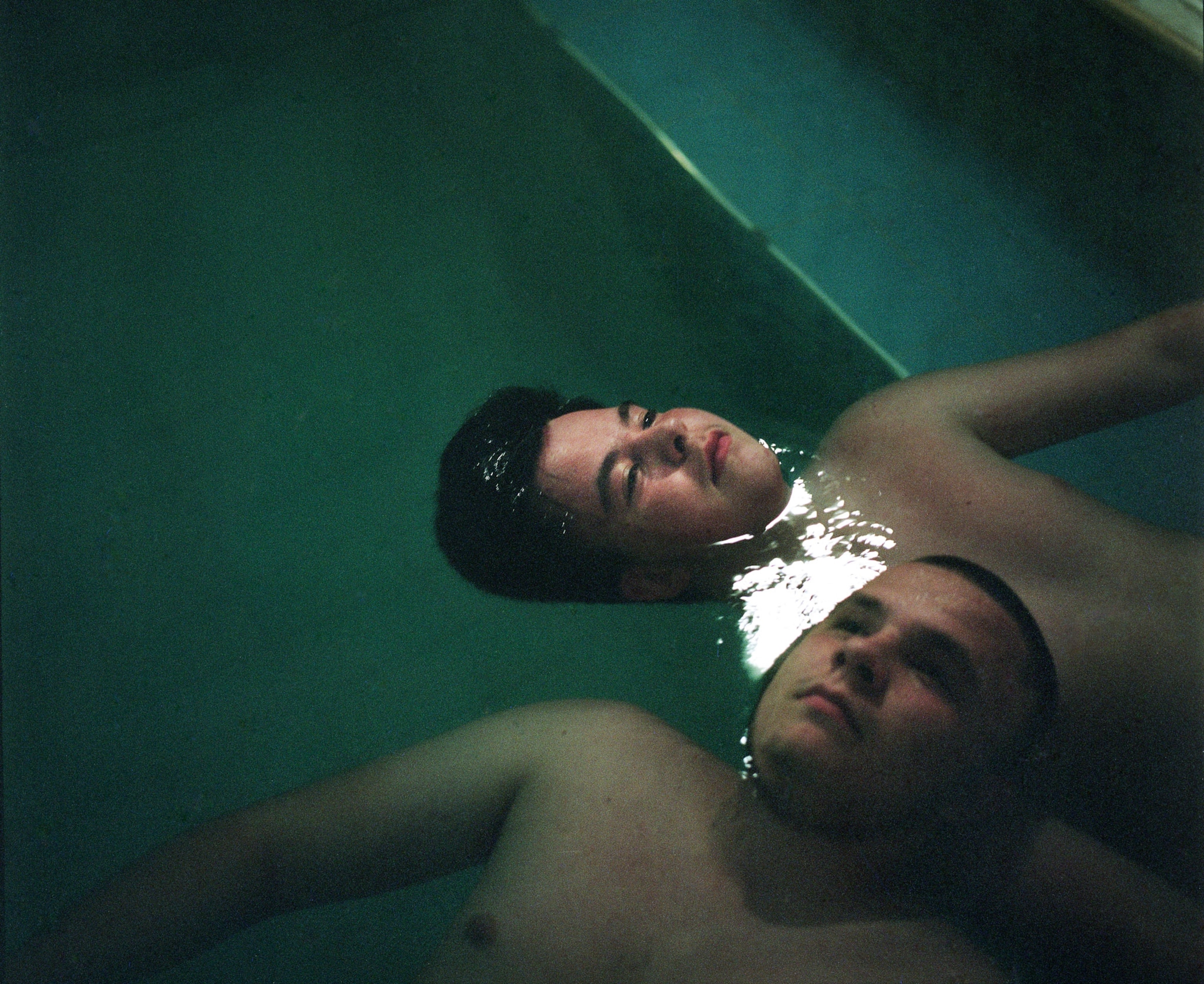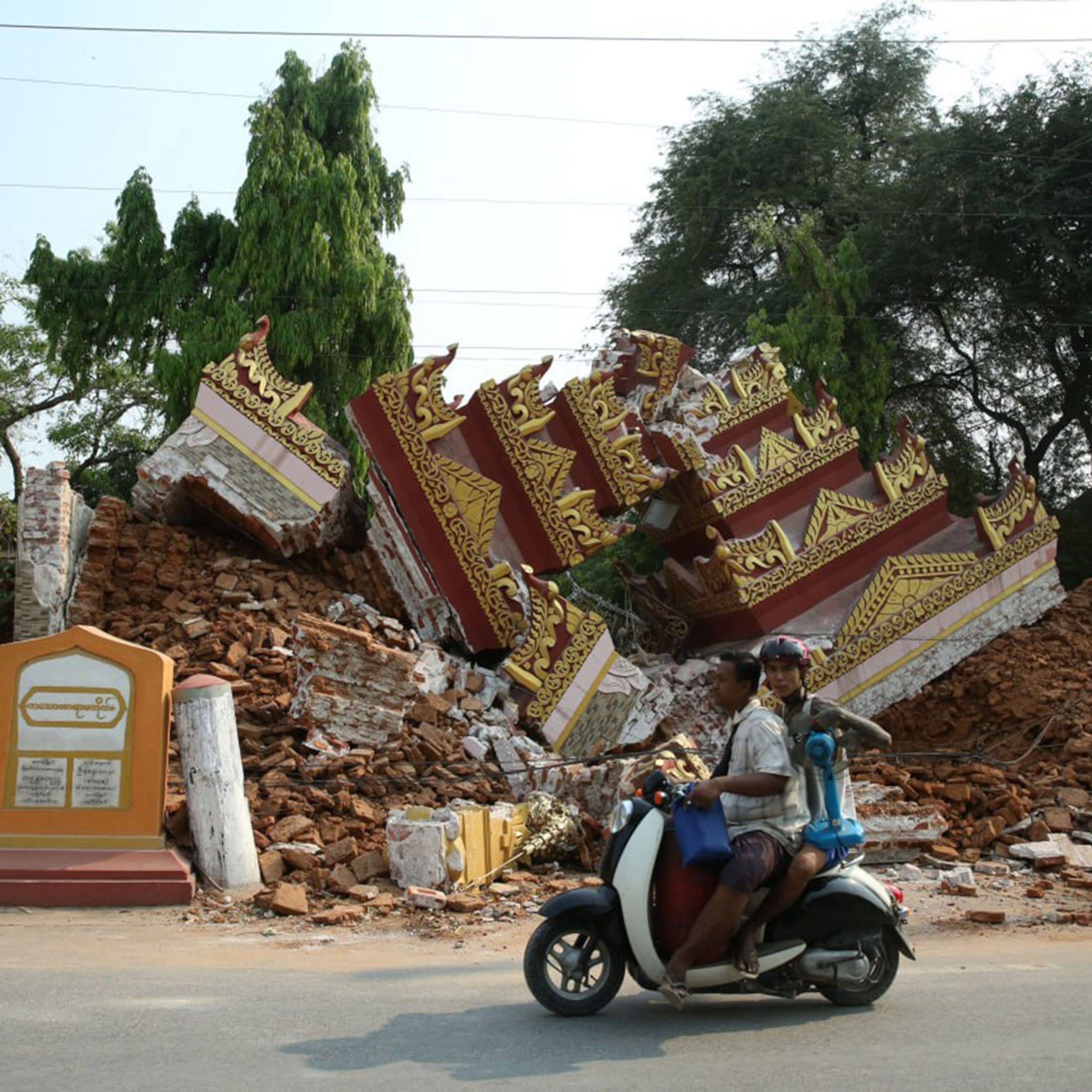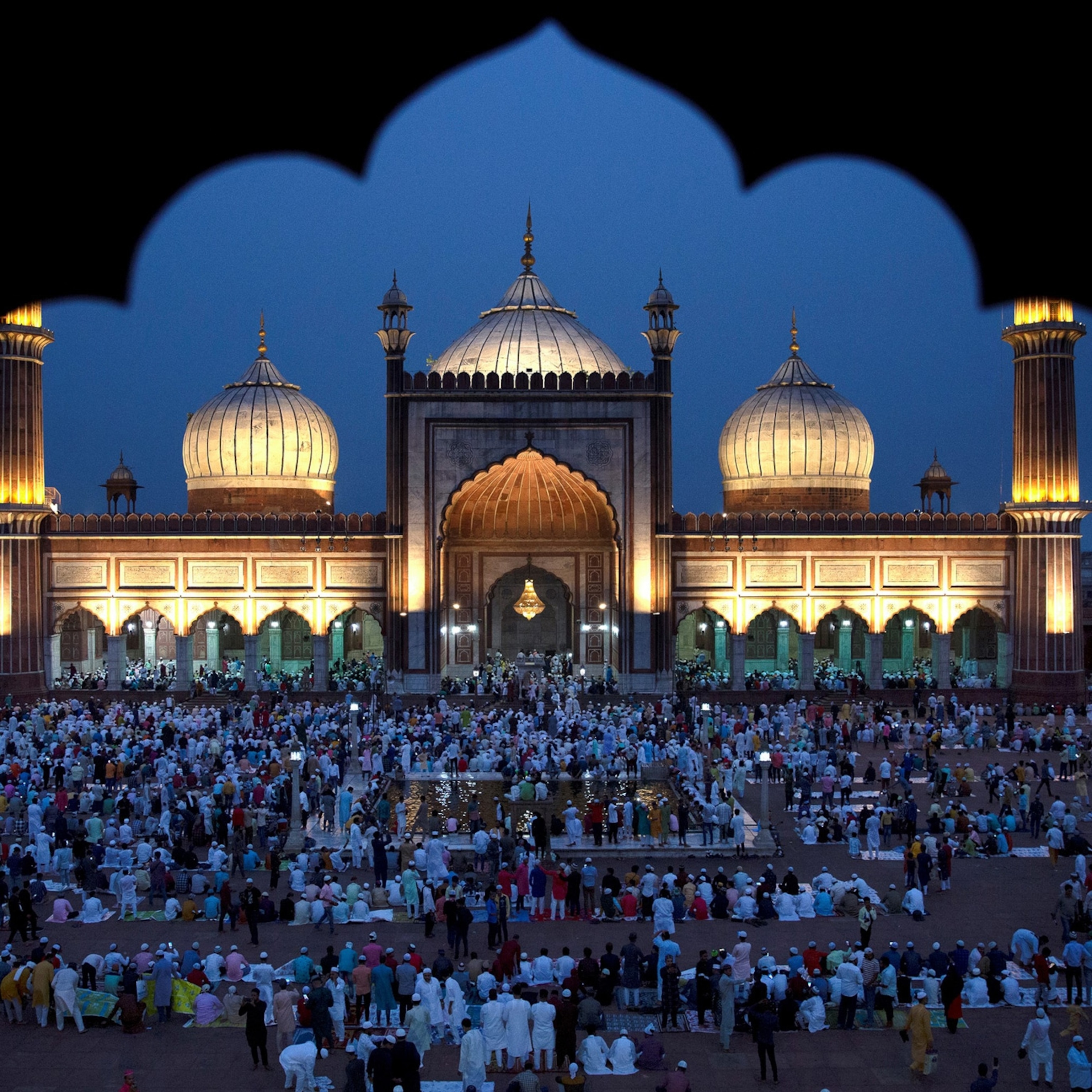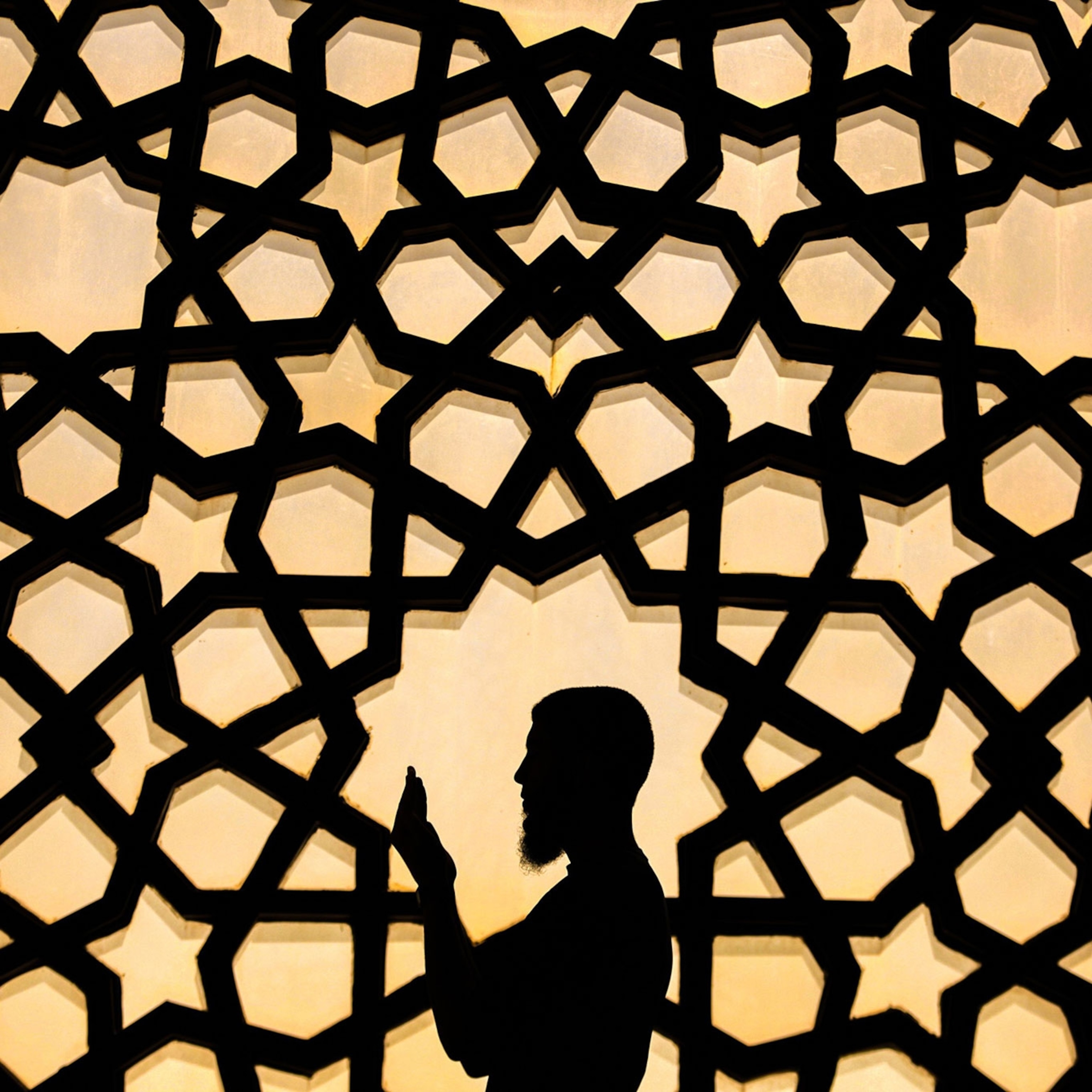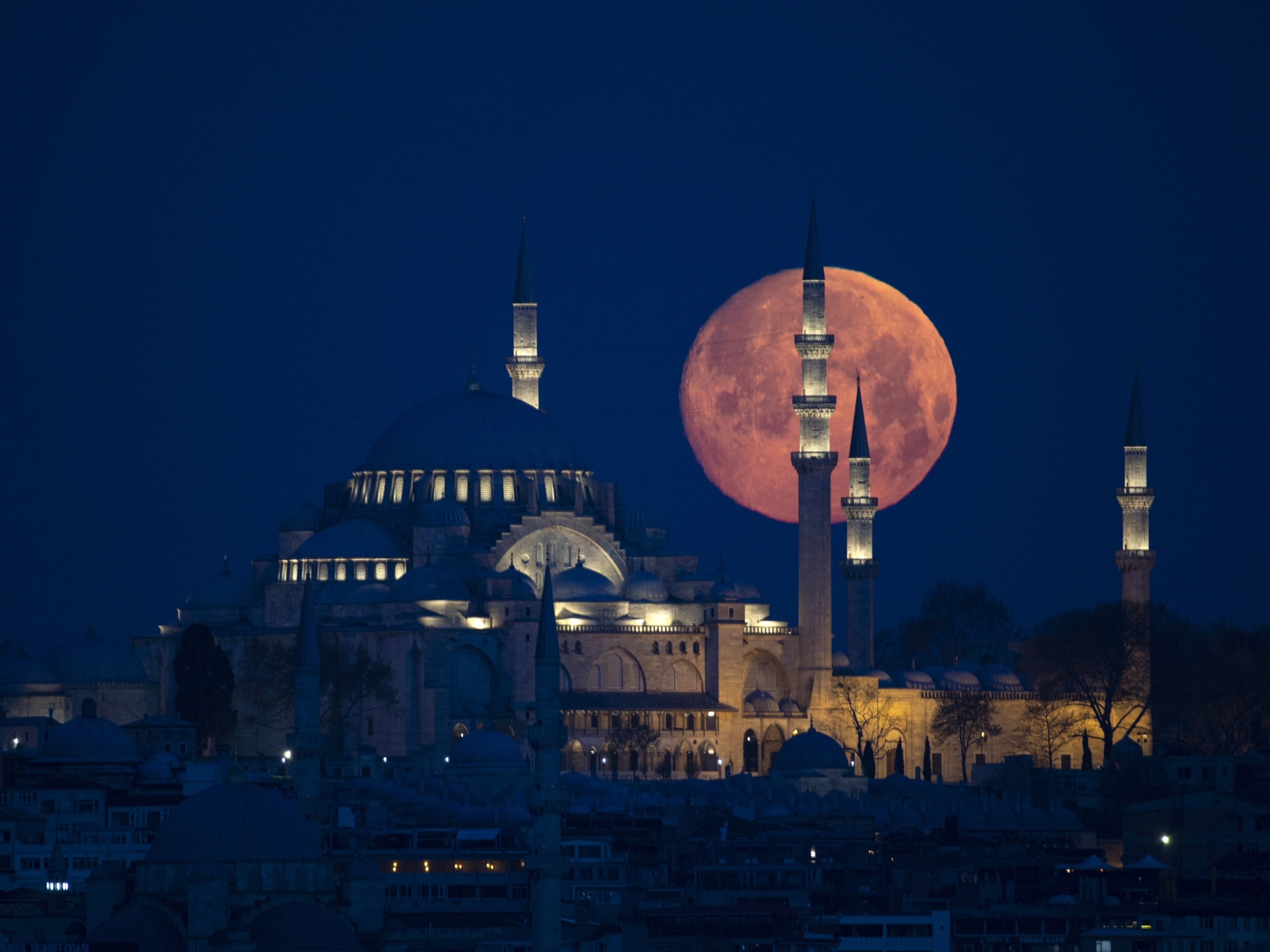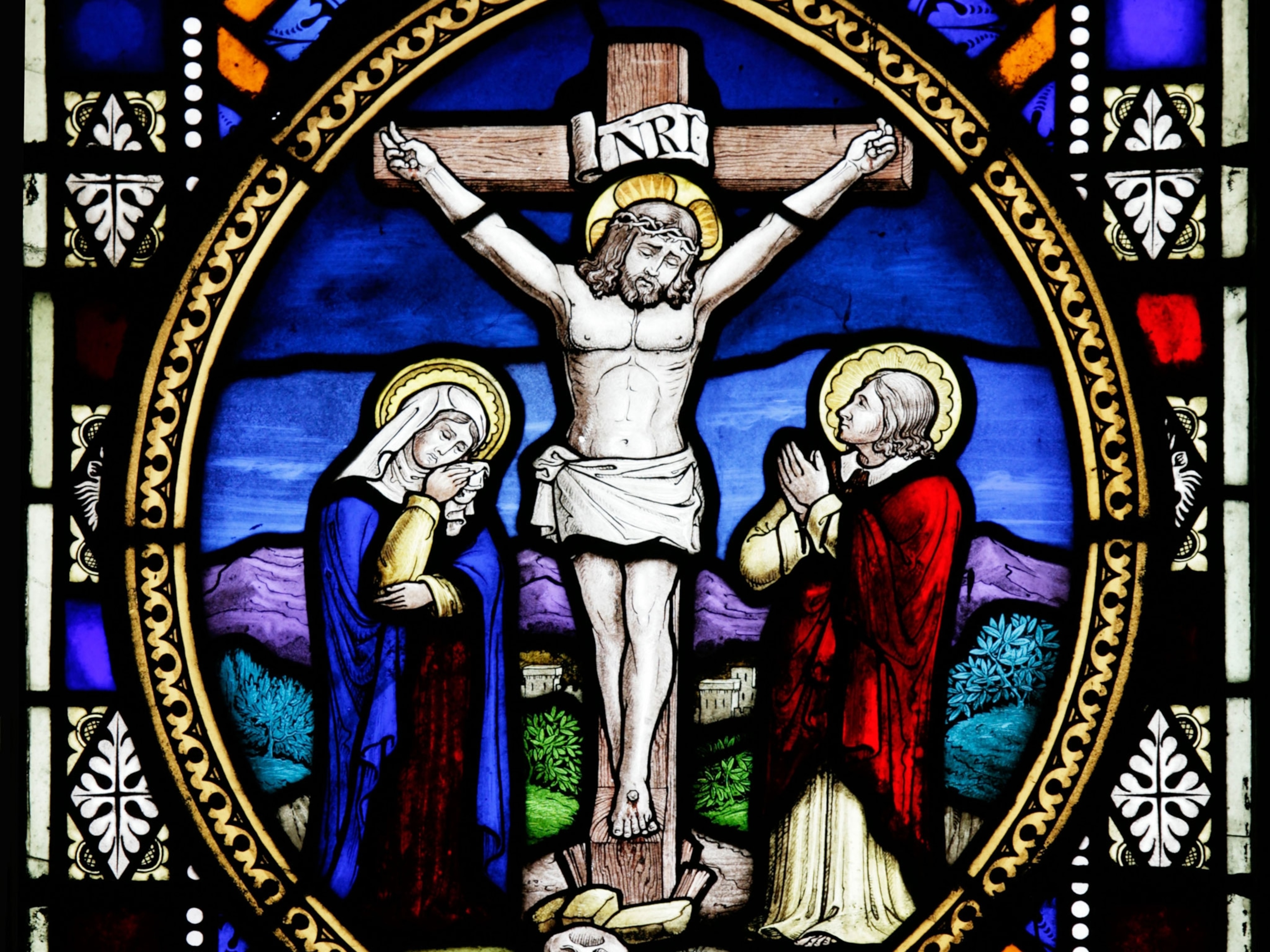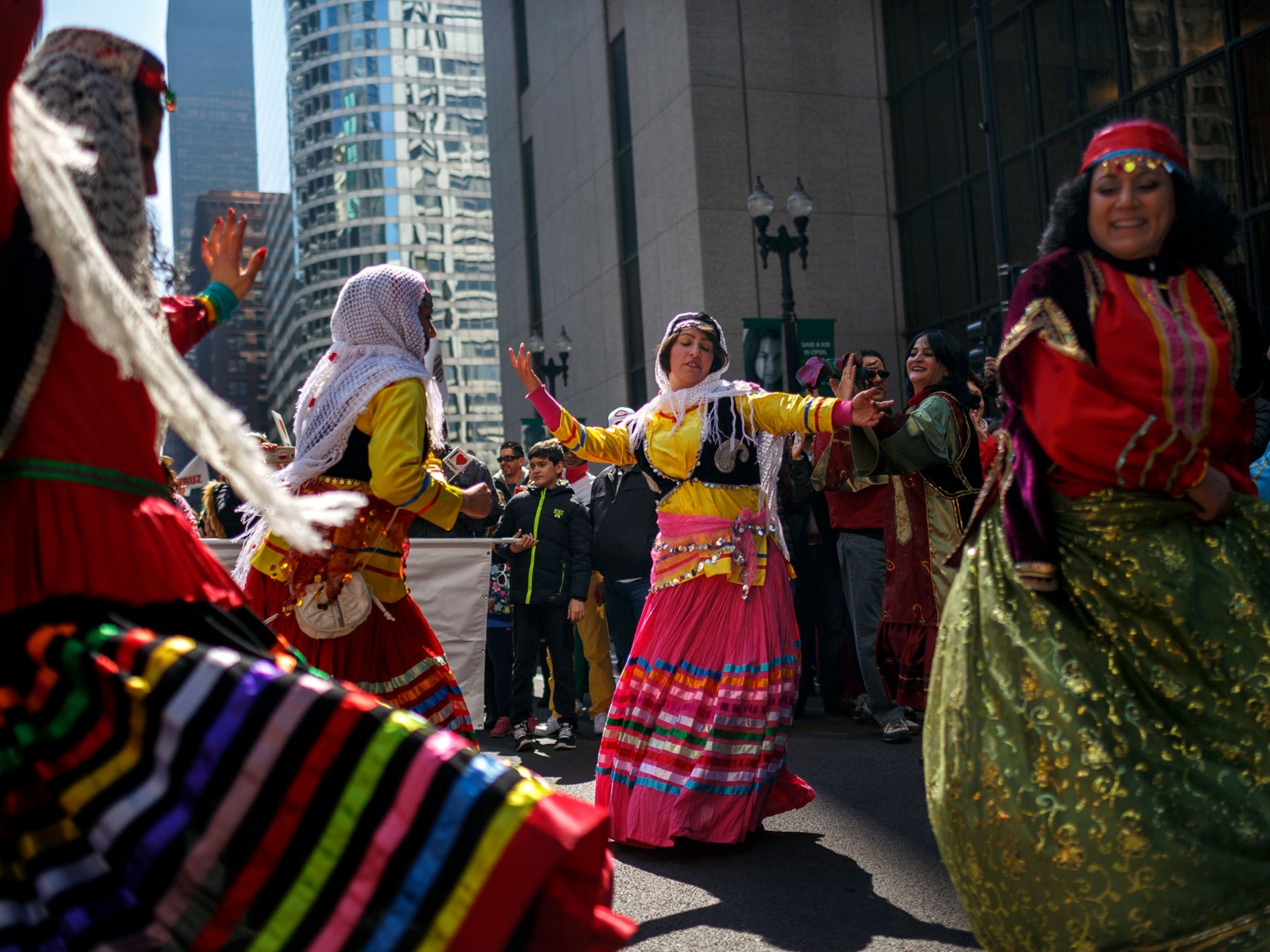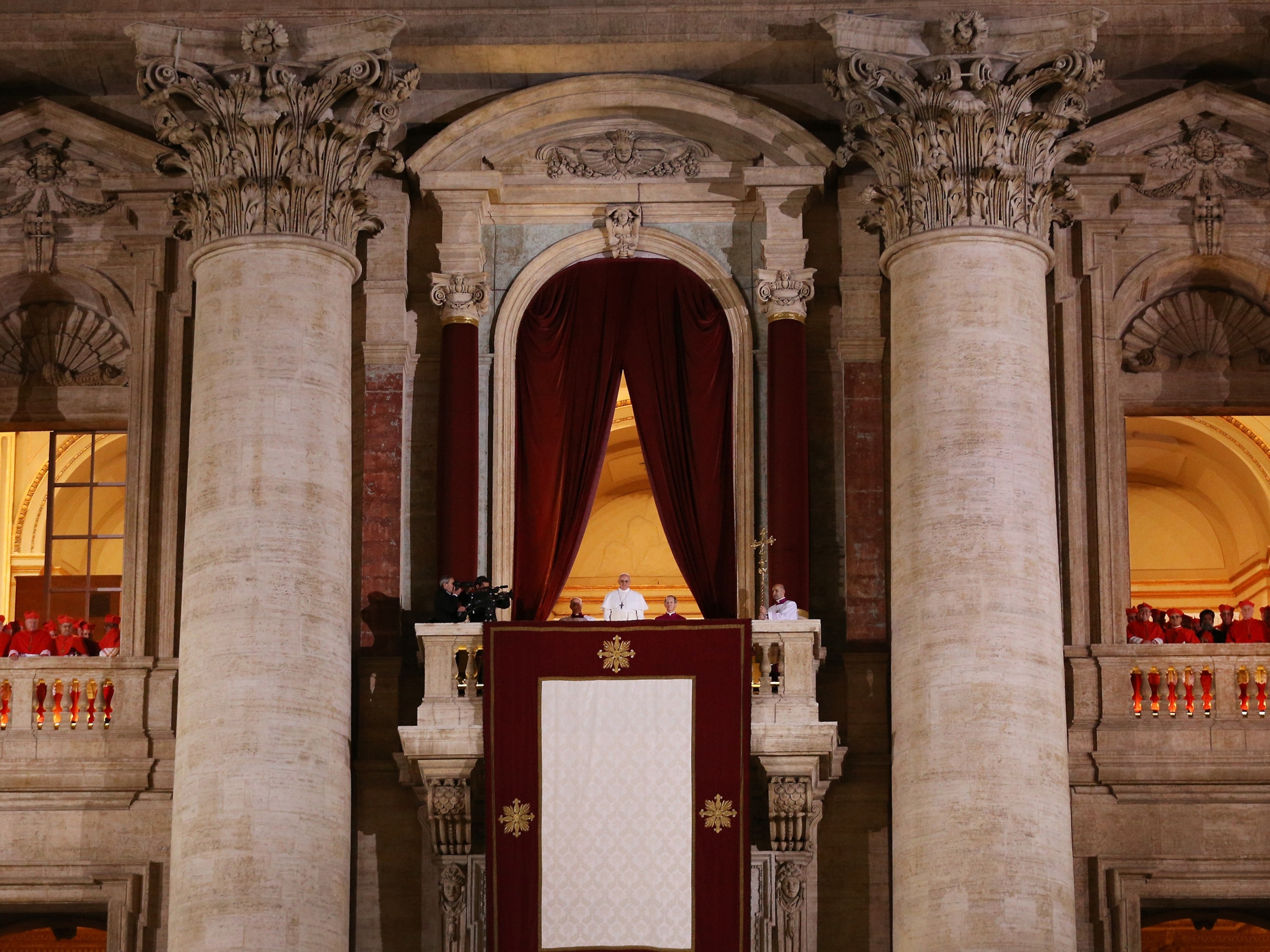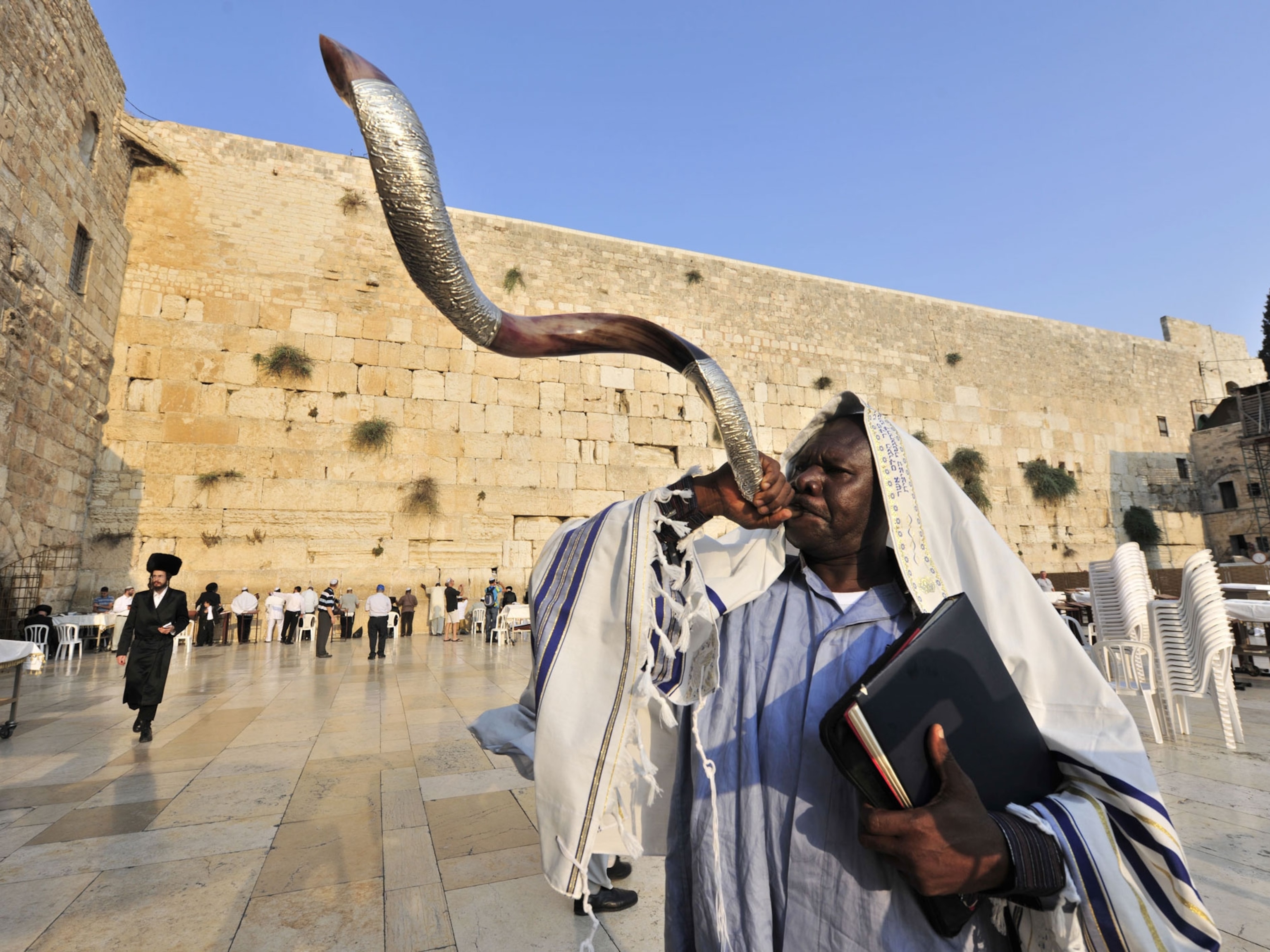Traditional courting is still practiced in some Greek villages of western Thrace. According to the Pomak tradition of lülka, unwed women swing seductively before eligible suitors at the start of every May, sitting on ropes that dangle from trees peppering the region’s fields. It’s a celebration of spring, an invitation to love and new life.
For all its simplicity and symbolism, the custom is one of contradiction. Though some young Pomak women continue to take to the swings, most—those who partake in the tradition and those who don't—are forced into arranged marriages.
The Pomaks are minorities: Greek citizens, ethnically Slavic, and Muslim by religion—a unique blend that, along with the remote geography of their settlements, contributes to their isolation. The distinctness also helps preserve their cultural identity, though that identity is becoming more and more fragmented. Impacted by traditional religious guidelines, challenging economic woes, and shifting gender roles, Pomak communities are not the same as they once were.
Overlooked by global media, Pomak stories remain largely untold. Determined to change that, Greek photographer and filmmaker Myrto Papadopoulos has traveled each month for over a year to remote areas of Thracia, an eight-hour drive from her hometown of Athens—though she now jokes that her car has become her home. She is venturing out to witness the isolated Greek Pomak communities, scattered throughout the villages of Myki, Kotyli, and Dimario, or the western city of Xanthi, along the southern slopes of the Rhodope Mountains.
Papadopoulos set out to chronicle “the multilayered reality of their existence”—capturing a subtle, delicate story of identity, tradition, and separation. Her images convey the impacts of globalization on this secluded, vulnerable culture.
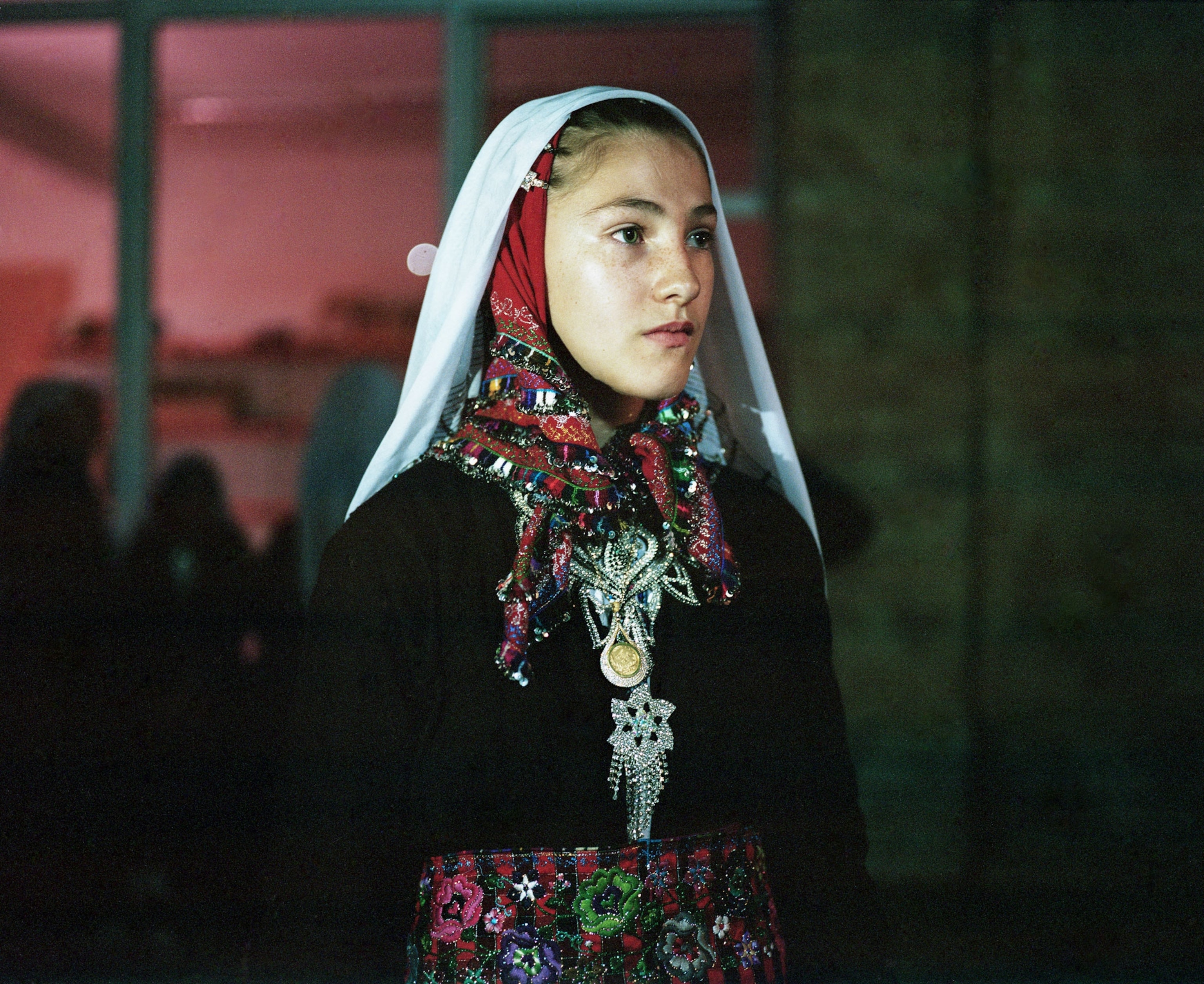
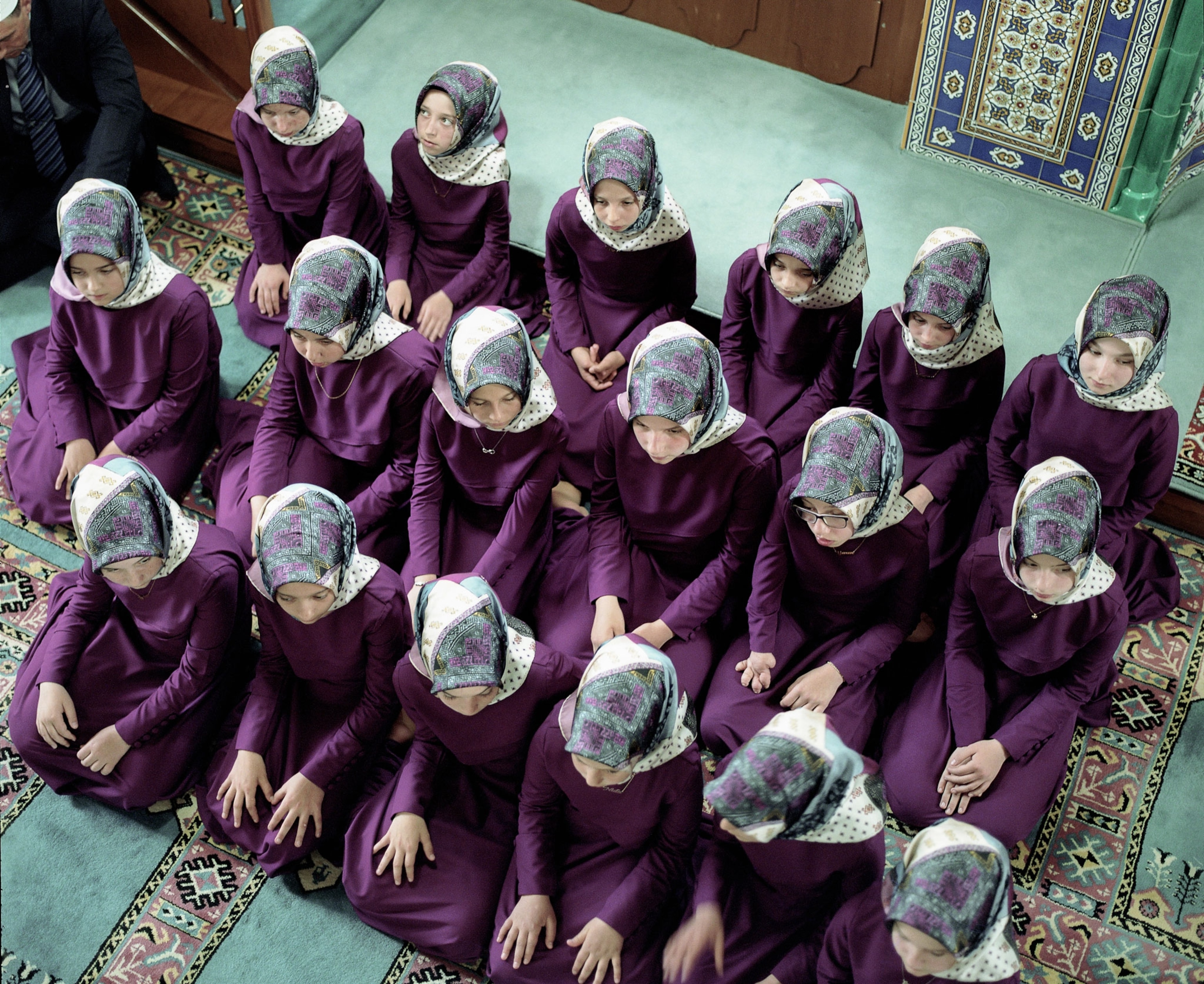

“It's a part of Greece that I really care about,” Papadopoulos says. “It’s where you see the mixture of civilizations—you see history. You see the influences from the Ottoman Empire. You see the influences of Europe,” she says. “You have a variety of populations with different dialects.”
This diversity is a consequence of history, border creation, and migration. The region where Greek Pomak communities reside—Thrace—covers portions of Greece, Turkey, and Bulgaria and was subject to past border conflicts. In 1923, the Treaty of Lausanne established the right to maintain Islamic courts—an attempt to protect minority communities in each nation. The courts in Greece still exist today, making it the only European Union nation to support a system that upholds sharia law, though recent legislation now allows citizens to use the country's secular courts to resolve family law matters.
The system helped establish a patriarchal society in the region that has failed to protect women—limiting their access to education, inhibiting their freedom, and barring their civil rights. If gender relations were already unbalanced, the 2008 financial crisis only made such matters worse; the strain on the country's once-thriving tobacco economy has caused women to lose their husbands to labor migration, a massive exodus that has fundamentally reshaped Pomak society.
Youth unemployment in Greece reached 43.2 percent in May 2018, higher than Europe’s average of 15 percent. The nationwide economic situation has had a far-reaching effect on the country’s Pomak community: More than 70 percent of its working male population has left Greece for shipyard jobs in Germany, France, and Holland. These men leave behind women to care for their households and the community, and, with the separation, traditionally gendered relationships falter.
Papadopoulos started her project by photographing the collide of the community’s traditional gender roles and its economic woes. She began with Emine Bourountzi, the first person she photographed in the region.
Bourountzi was forced into marriage at 13. Now divorced, she has three children she cares for alone. She works three jobs and is attending school to complete her diploma—and she is a fierce advocate for women’s rights and gender equality. As much as she keeps Pomak traditions alive, she also seeks freedom from the constraints of these traditions. In a breakthrough moment, she removed her veil as an act of self-liberation. “If you fight, if you're educated, then you can be an independent woman,” she says. “You can be an independent human being.”
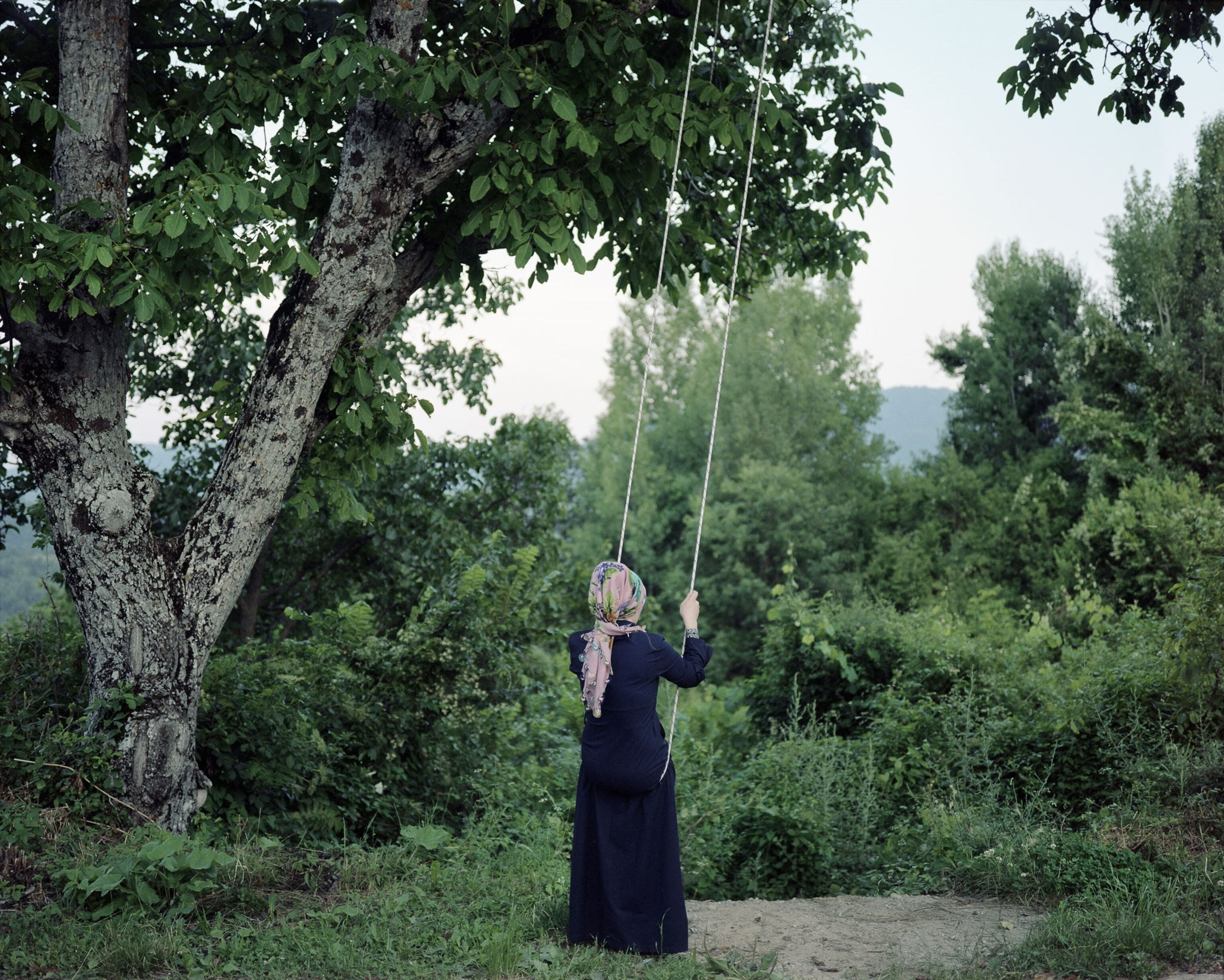
Papadopoulos tells Bourountzi’s story—and the stories of many other women—alongside those of Pomak men. The economic struggles, the conflicts between tradition and modernity, are not only trials for Pomak women. In leaving their families and grappling with adjusting to foreign cultures, the men pay a price, too. It’s important to Papadopoulos that she capture as many sides of a story as possible.
“I never look at only one side of the coin,” she says, describing her process. “I really wanted to understand and meet them … understand the past, learn the history of this population, and listen to many, many different opinions.”
To capture the complexities of Pomak society, she formed bonds with community members, photographed them in their homes, attended local celebrations, and witnessed funerals and births. Through each encounter, she felt a deep sense of the group’s wisdom, their sense of life and connection to their own mortality.
“The reality of their existence is really hard. Nothing is easy. You really have to fight for your freedom,” Papadopoulos says. Still, she’s drawn to the community. “It’s just very alive.”


